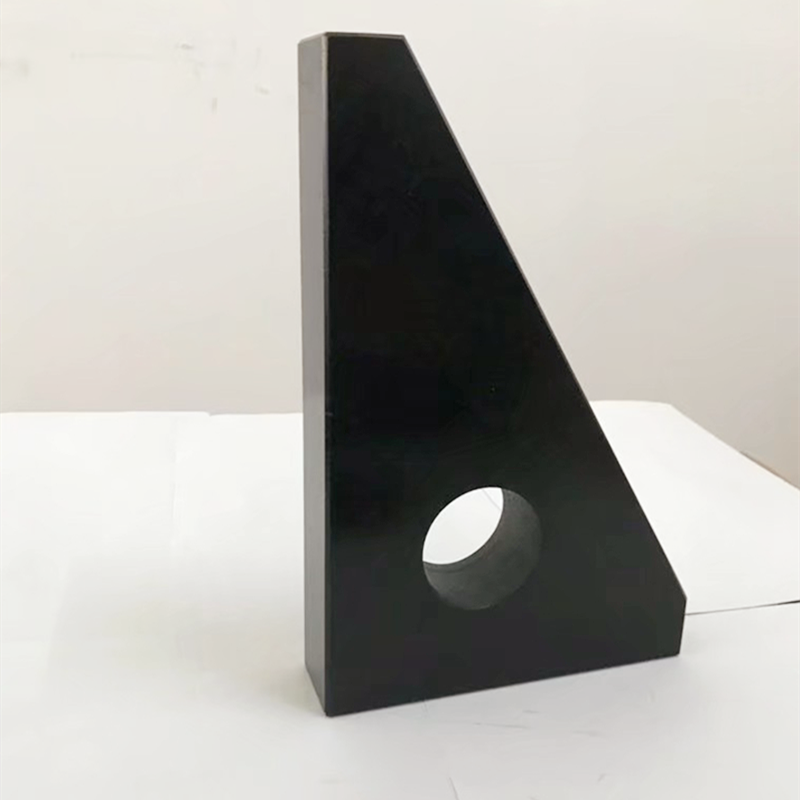des . 03, 2024 16:35 Back to list
different types of check valves
Different Types of Check Valves An Overview
Check valves, also known as non-return valves, are essential components in various fluid systems, designed to allow fluid flow in one direction while preventing reverse flow. Their applications span diverse industries including water management, oil and gas, pharmaceuticals, and food processing. Understanding the different types of check valves can help in selecting the appropriate one for specific applications, ensuring system efficiency and safety.
1. Swing Check Valves
Swing check valves are one of the most common types. They feature a disc that swings on a hinge or pivot, which allows fluid to flow through in one direction while closing off when flow reverses. This design minimizes the pressure loss across the valve and makes it suitable for applications with high flow rates. Swing check valves are typically used in water supply systems, irrigation, and HVAC applications. However, they are not ideal for low flow conditions since the disc might not seal properly when the flow is insufficient.
Lift check valves use a vertical disc or disc seat arrangement to allow fluid flow. As fluid enters, the disc is lifted off its seat, opening the passage. When there is a backflow, the disc descends back into place, closing off the flow. These valves are often used in high-pressure applications and can be found in steam systems, hydraulic lines, and various process industries. A notable advantage of lift check valves is that they can provide a tighter seal compared to swing check valves, but they tend to have higher pressure drops due to their design.
3. Diaphragm Check Valves
different types of check valves

Diaphragm check valves utilize a flexible diaphragm to allow flow in one direction while preventing backflow. These valves are especially effective in systems requiring low pressure and minimal turbulence. The design is simple and robust, making them a great choice for applications involving corrosive fluids or slurries in the pharmaceutical or food industries. Their compact design also allows for easy installation in tight spaces.
4. Ball Check Valves
Ball check valves utilize a ball as the closure mechanism. When fluid flows in the designated direction, the ball is lifted off the seat, allowing passage. However, if the flow reverses, the ball drops back into the seat, preventing backflow. Ball check valves offer rapid response to changes in flow direction and are often used in drainage systems, sump pumps, and aquaculture. Their design can accommodate varying material types, including plastic and metal, making them versatile for many applications.
5. Wafer Check Valves
Wafer check valves are compact and installed between two flanges. Their thin, lightweight design makes them suitable for tight spaces where traditional check valves may not fit. These valves can be either swing-type or lift-type, but they share a unique characteristic of being bolted between flanges, reducing the need for additional bolting systems. Wafer check valves are often utilized in pipelines and process plants where space and weight savings are crucial.
Conclusion
Selecting the appropriate type of check valve is vital for maintaining system integrity and operational efficiency. Factors such as the nature of the fluid, system pressure, and flow rates should influence the choice of valve. Whether it’s swing, lift, diaphragm, ball, or wafer check valves, each type has distinct advantages tailored to meet specific operational demands. Understanding these differences not only enhances the performance of the system but also prolongs the life of the equipment involved.
-
Thread Plug Gauge Our Promise of Measurement ExcellenceNewsAug.22,2025
-
Gauge Pin Class Reflecting Quality LegacyNewsAug.22,2025
-
Check Valve Types for High Rise BuildingsNewsAug.22,2025
-
Water Control Valve for Irrigation SystemsNewsAug.22,2025
-
Gate Valve with Soft Seal TechnologyNewsAug.22,2025
-
Y Type Strainer for Oil and Gas ApplicationsNewsAug.22,2025
Related PRODUCTS









